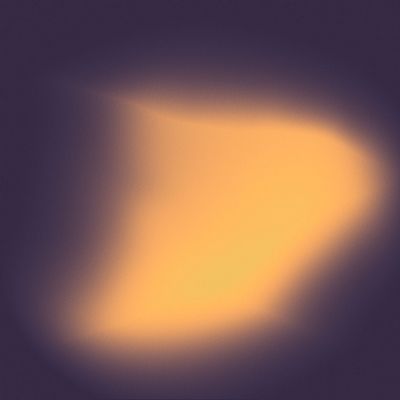
bauhaus-bühne – un.usual grounds
bauhaus-bühne – un.usual grounds
The site-specific approach in dance focuses on movement in space, but experiments with the urban architecture that surrounds us every day and in which we live. Here, the dancers are not only interested in the abstract laws of space as they would find them in a classical stage space. The dancers follow a site-specific choreography, a site-specific approach to the space.
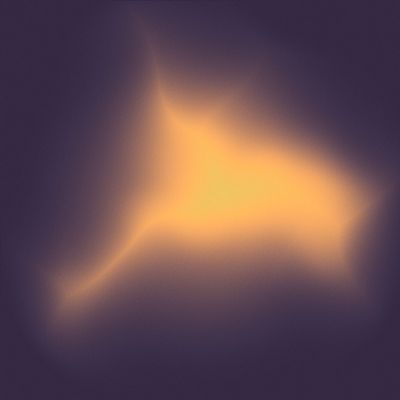
"EINGANG FUER ZUHOERER"
"EINGANG FUER ZUHOERER"
A Performative Listening Walk by and with Nathalie Singer
What do architectures of obedience sound like?Who holds the power to make decisions, and who holds the power to remain silent?How can spaces for collective listening be created, and do they automatically lead to greater democracy, participation, and inclusion?To better coexistence with other living beings and habitats as well?And what does all of this have to do with globalization and the medium of radio?

Bauhaus Listening Workshop #3 - Johannesburg
Bauhaus Listening Workshop #3 - Johannesburg
Radio listening in Southern Africa is strongly interwoven with indigenous listening. The history of radio in this region is influenced by guerrilla radio, including during the independence struggles, and older techniques of telecommunication through music. The workshop, curated by Masimba Hwati, will be led by Nathalie Singer, Professor of Experimental Radio, with the support of the Goethe-Institut Johannesburg and Frederike Moormann.

Wahrnehmen – (an)Ordnen
Wahrnehmen – (an)Ordnen
n the first semester of the art education program, a foundational artistic and design project titled "Disruption in the System" is offered. It serves as an experimental field for perception and aims to exemplify the investigation of everyday objects and phenomena.

Die Vermessung des Alltags
Die Vermessung des Alltags
The project "Die Vermessung des Alltags" was part of the Bauhaus semester and aimed, within the framework of a congress, to organize and moderate a so-called "Critical Train of Thought" concerning one of the decentralized, historical sites in Weimar.

Can you hear while listening?
Can you hear while listening?
What sounds resonate around you? What does the room sound like? How can you describe a sound? Soft or hard? Bright or cloudy?
Workshop by Lefteris Krysalis and Nathalie Singer
The workshop was part of the event series Overtones 2019, the symposium of the larger project RADIONISTS of the Goethe-Institut Ramallah.
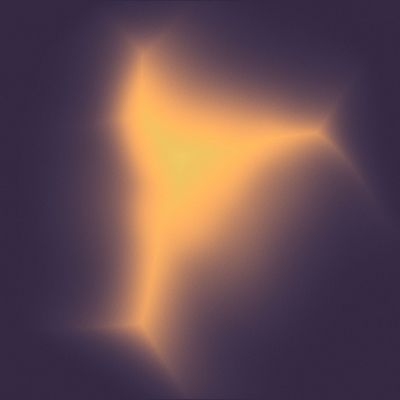
formen.Sport
formen.Sport
EN : "The desire ... (is) great, ... to create a mobile organism, to generate ever new spatial formations whose essence is the ease of change. In addition to a kind of construction kit consisting of so-called Praktikabeln that can be used in a variety of ways, mobile backdrops ... sliding walls, folding frames, mechanisms ... A kind of spatial dance is cultivated, which develops from ... ... spatial relationships, a kind of spatial exploration, so to speak. ... In addition to the pure movement of the body, the costume will play a role, partly as a support, partly as an end in itself..." wrote Oskar Schlemmer in 1926 about the Bauhaus stage.

performative architektonik
performative architektonik
The introductory course ultimately culminates in a performance, a first step into the public sphere. The concept of recycling latently accompanies the entire course: it recycles the experiment of the famous Bauhaus stage of the 1920s, the students recycle their visual worlds of current fashion, each with a new thematic focus, using only recycled material.

Bauhaus Listening Workshop #2 Sagada/Manila
Bauhaus Listening Workshop #2 Sagada/Manila
From colonial radio infrastructure in Java to radio's role in the 2021 coup in Myanmar, from 100 years of radio in the Philippines to the history of late-night radio programming around 2000 in Vietnam, the Southeast Asia region has diverse radio stories to tell. At the second Bauhaus.Listening.Workshop, one focus will be on the restitution of sound archives whose sound recordings are still mostly in Europe. How should this intangible cultural heritage be dealt with? How can and should it be returned?
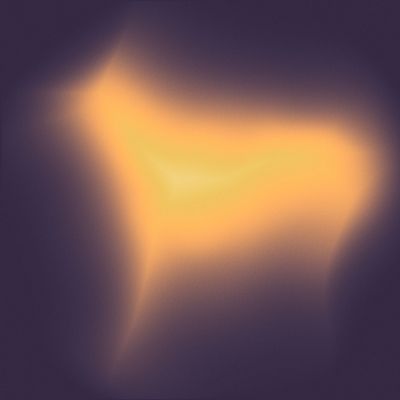
body exercise perma.change
body exercise perma.change
Sensitizing students to movement and spatial awareness in order to generate design ideas for objects and spaces is the goal and the next stage in the design process for stage pavilions in dance gardens and takes place as an optional compulsory Bauhaus module in the collaboration between the author and the dance teacher and choreographer Gerardi. The dance and body movement exercises led by Gerardi are conceived as a source of inspiration for designing a building structure. This experience is intended to inspire future designers and architects to rethink and develop unusual concepts and personal strategies for architecture and interior design.
This involves working on one's own possibilities for movement and thinking about effective positioning in space. This process contrasts with the traditional acquisition of purely theoretical and anatomical knowledge in order to design architectural elements that are suitable for the body.
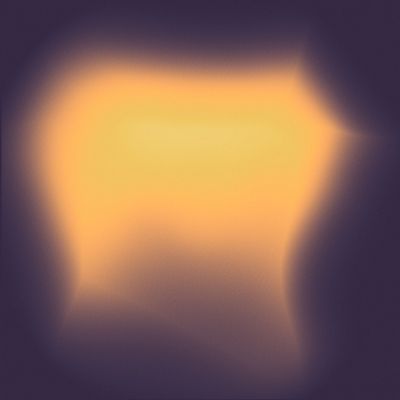
Finding artistic attitudes
Finding artistic attitudes
The pandemic challenges us to overcome technical unfamiliarity and confront the challenges of digital possibilities. The project aimed to creatively and inventively work with unfamiliar media in both virtual and real spaces.

Ideen Labor - Touch, feel and listen, how to talk about ...?
Ideen Labor - Touch, feel and listen, how to talk about ...?
Weimar sounds different when you're blindfolded: It smells different, sounds that are otherwise unnoticeable thud in the ears, street noise from cars feels threatening. One's own footsteps gropingly grasp the space, the body has to reorient itself. With perception exercises like these, Prof. Nathalie Singer and Francis Zeischegg from Real.Sense.Lab sensitized the participants in their workshop.

Bauhaus Listening Workshop #1 Montevideo
Bauhaus Listening Workshop #1 Montevideo
From Bolivia in 1897 and the first established telecommunications to today's community radios of Latin America's vibrant scene, radio reveals configurations of power and resistance. This allows us to trace narratives in the political, social and cultural development process of the region. This project aims to create a space that allows participants from different places to share their experiences, challenges and tools for collaborative governance. We want to address the question of responsibility for the cultural technology of listening and develop new models for the acoustic media of the future.

I am not sitting in a room
I am not sitting in a room
The international conference "I am not sitting in a room - urban, political and social resonances" deals with the question of how our environment would change if we were to shape it acoustically, with our ears. Would we understand our current problems differently if we described them in terms of sonic resonances?
From June 24 to 26, 2022, sound theorists and artists will come together at Experimental Radio. Together, they will explore urban, political, and social spaces on an interdisciplinary sonic level in three thematic blocks.

gellenkirche
gellenkirche
A first draft in the Bachelor of Architecture course
The design task of a stage for dance is the first impulse in a series of design, workshop and movement courses in which students at our Chair of Building Design deal with the subject of the stage. It summarizes all the steps on the path to architecture in a complex, realistic design image and emphatically reminds the designers of the valuable experiences of the first, more abstract steps of their semester. The design categories dealt with up to this point, such as landscape, path, gate and space, are subsumed under the concept of place.
The memorial site of the Gellenkirche becomes the central metaphor for the conscious search for nameable qualities, both in the approach to the space and for the stay on site.

"I SEE YOU... Identitäten in den Räumen der Kunst“
"I SEE YOU... Identitäten in den Räumen der Kunst“
"I SEE YOU... Identitäten in den Räumen der Kunst" is an interdisciplinary project that began through collaboration between Francis Zeischegg and Andrea Dreyer. Its aim was to interrogate the individual self-perceptions of participants as artists, designers, and educators, leading to a process of self-inquiry.

Grund legen(d)
Grund legen(d)
Andrea Dreyer, Francis Zeischegg
Grund legen(d)
Identitäten in den Räumen der Kunst
In this compendium, 19 selected personalities from the fields of art, design, architecture, urbanism, and art education position themselves regarding diverse factors that shape identity.

